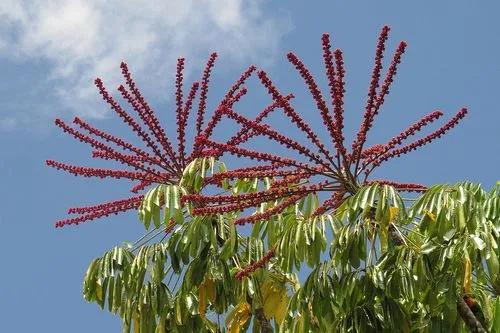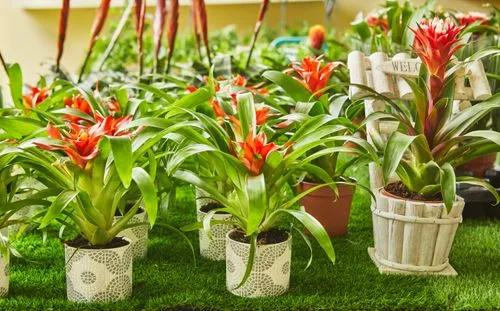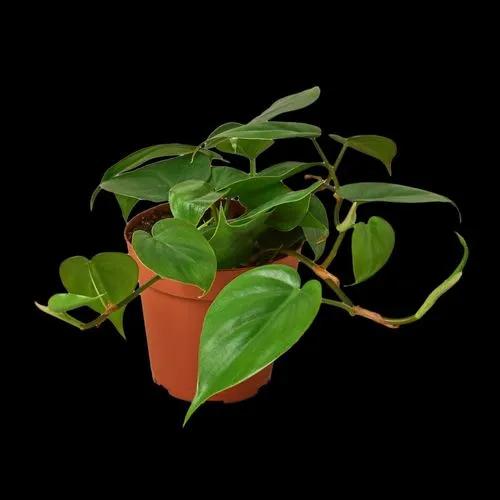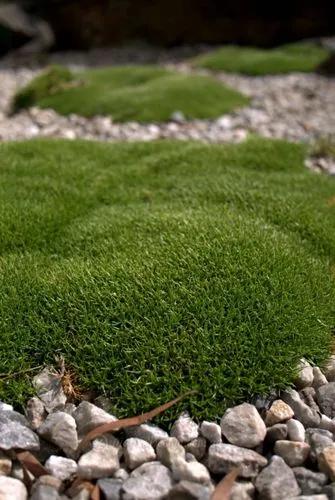This decorative houseplant will bring a sophisticated look to any space. Highly sought-after by collectors, this is a beginner-friendly must-have.
Silver cloud philodendron Care
Philodendron mamei 'Silver Cloud'



This indoor plant is native to Ecuador and other tropical forests of South America and can grow up to 41 inches (105 cm). A cultivar of Philodendron mamei, its name “Silver Cloud” comes from the characteristic silvery patterns that allow its identification from among other similar Philodendrons.
This is an easy-to-care and fast-growing plant with massive round or heart-shaped leaves covered in silvery dust highlights that arrange in a distinctive pattern that spreads through the leaves.
How to Care for the Plant

Water

Silver Cloud Philodendron enjoys regular watering. To do so, water after the first layer of soil is dry and keep it moist but not overly drenched. Optimal conditions require medium to high humidity levels, which can be assured by occasionally misting the plant.

Pruning

No required, but yellow and dry leaves should be removed at the beginning of the growing season.

Fertilizer

When growing in gardens, this plant should be fertilized during spring and summer. When indoors and in containers, it needs regular fertilizing, around once a month in spring and summer.

Sunlight

Silver Cloud Philodendron is a shade lover and prefers bright indirect light. Beware, strong sunlight can cause scorching leaves and loss of silver pattern.

Soil

Soil should be chunky, rich, and quick-draining but also allow for good moisture retention. It should be high in organic matter, and soil pH should range between 5.6-7.5 to ensure luscious leaves.

Propagation

Stem cuttings can propagate it in spring or early summer. Make sure they have at least one node.

Temperature

Between 65-80 ºF (18-27 ºC), and don’t let temperatures drop below 55 ºF (13 ºC).

Container

A container with drainage holes is advised due to its susceptibility to root rot. It tends to spread across the pot and then climb if provided with support, so a trellis or a pole can be employed. Due to its fast growth, it requires repotting to ensure enough space.

Fun fact

It has a contradictory nature since it is toxic to both humans and pets when ingested, but it has highly beneficial air-purifying abilities.

Popularity

153 people already have this plant 54 people have added this plant to their wishlists
Discover more plants with the list below
Popular articles






